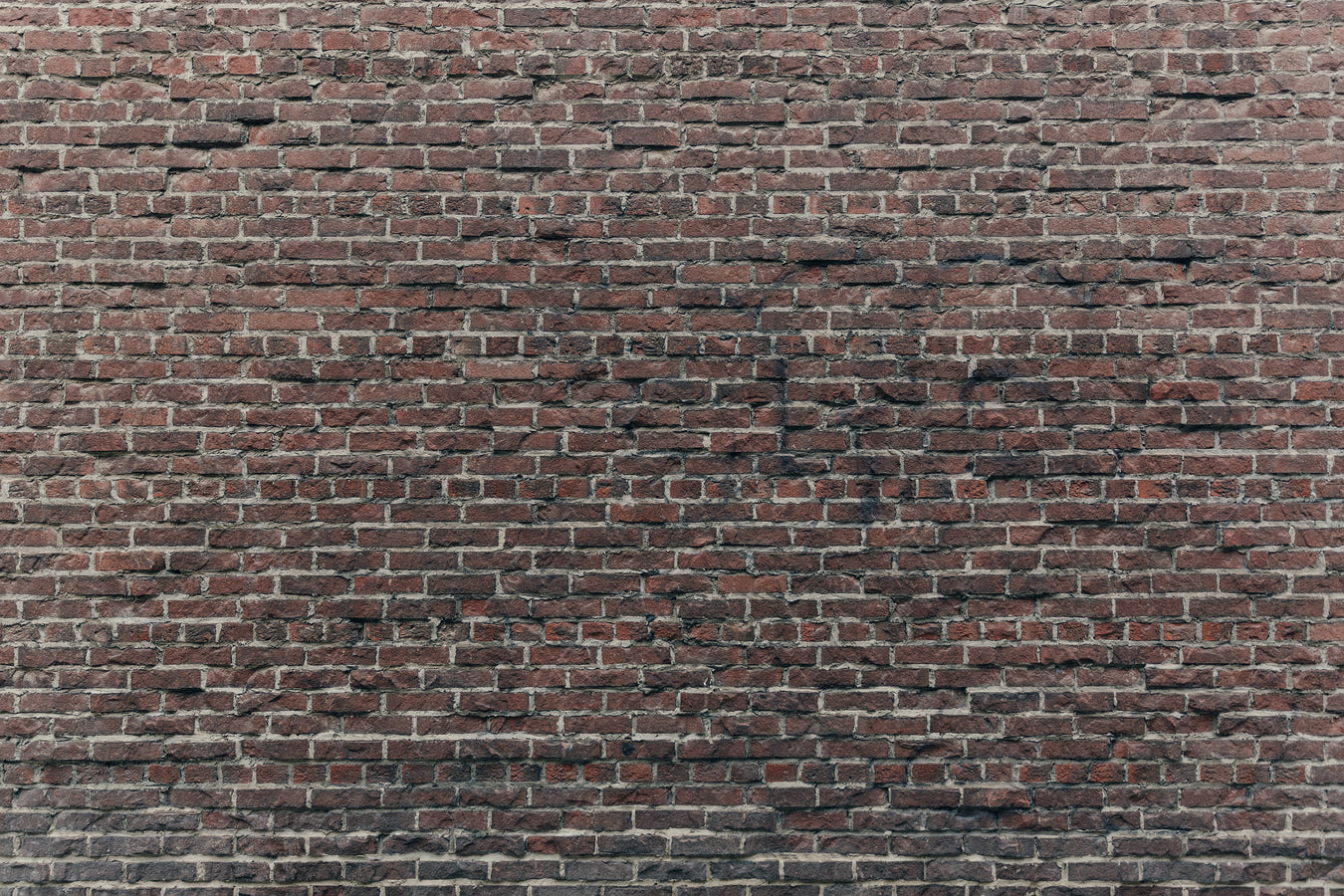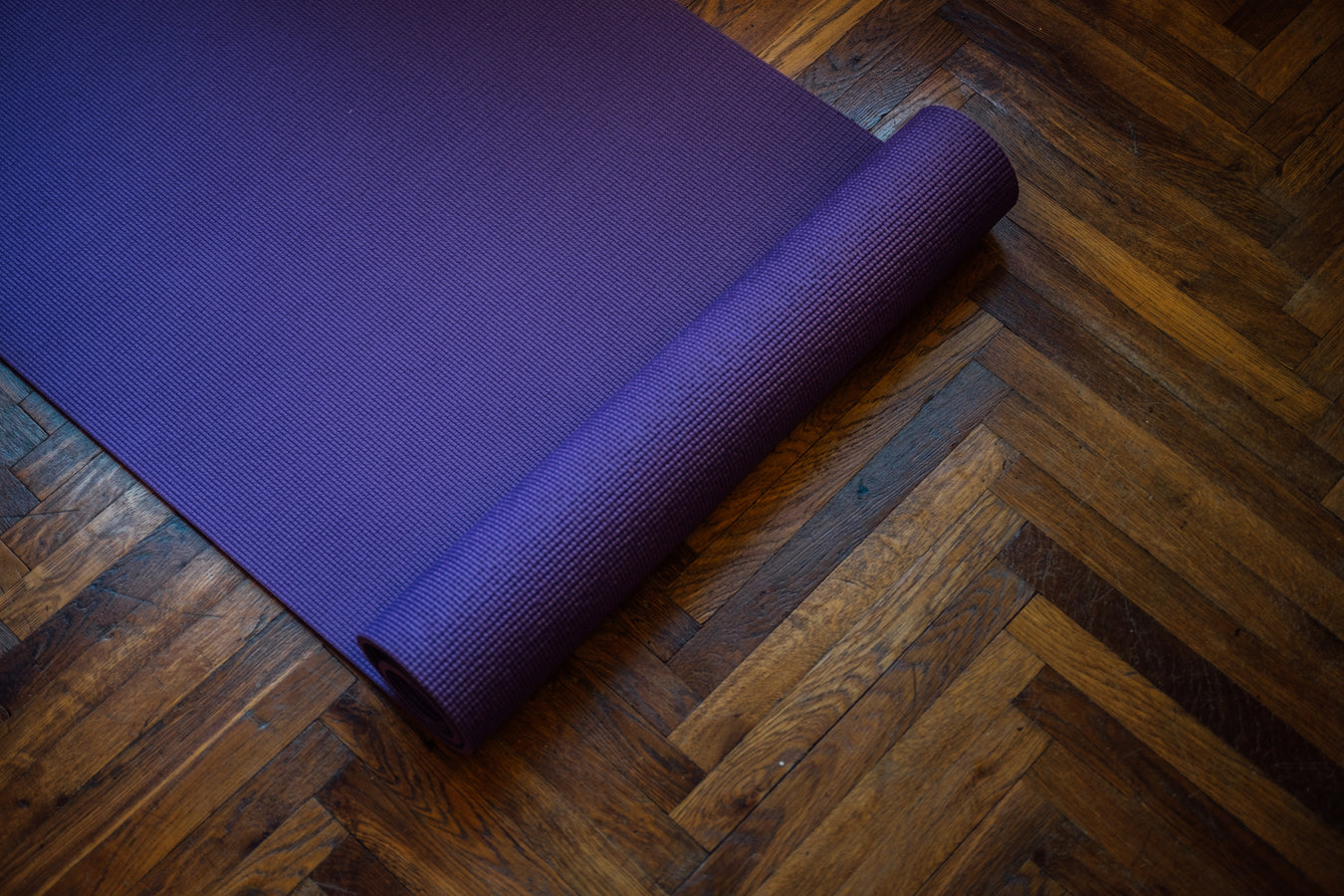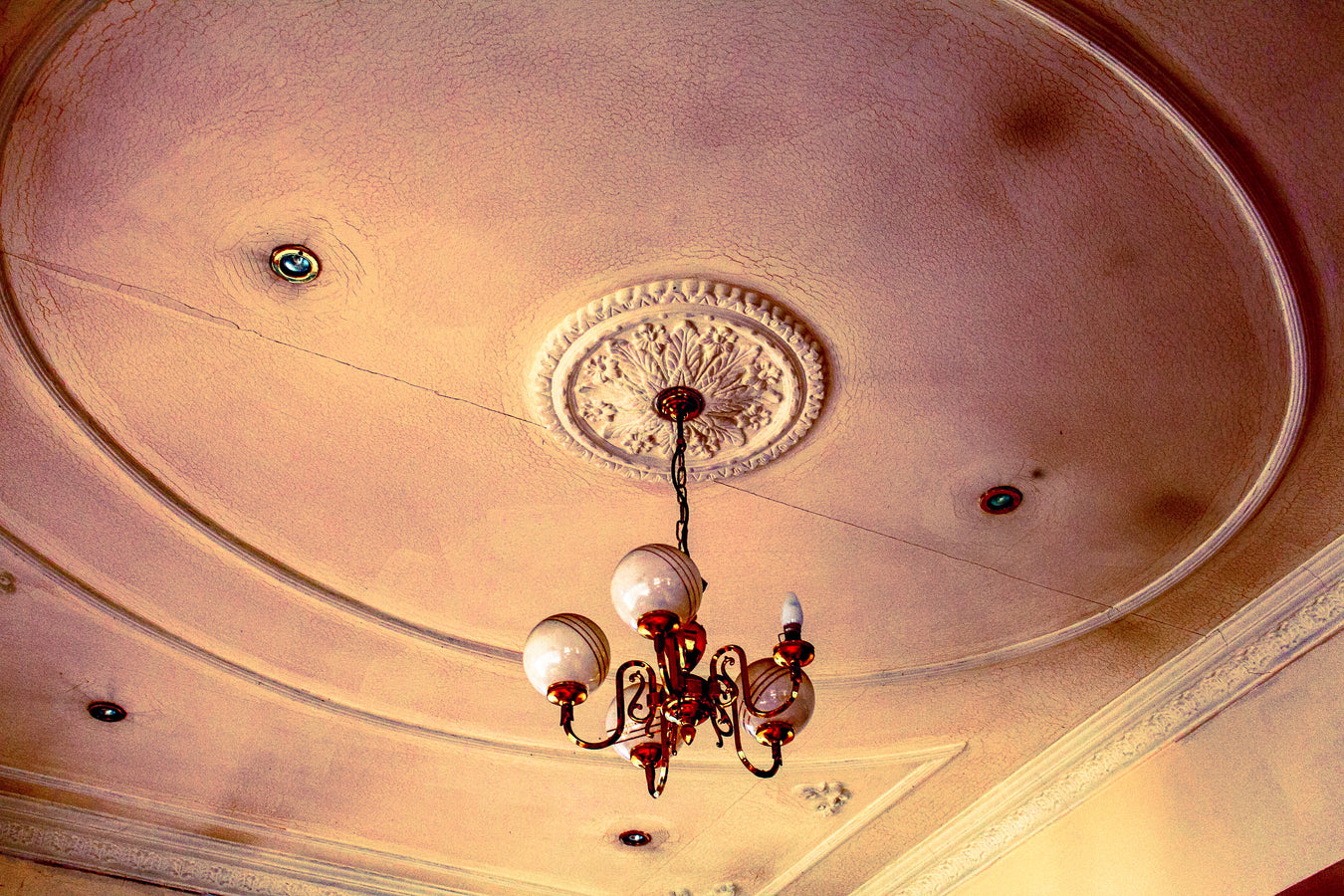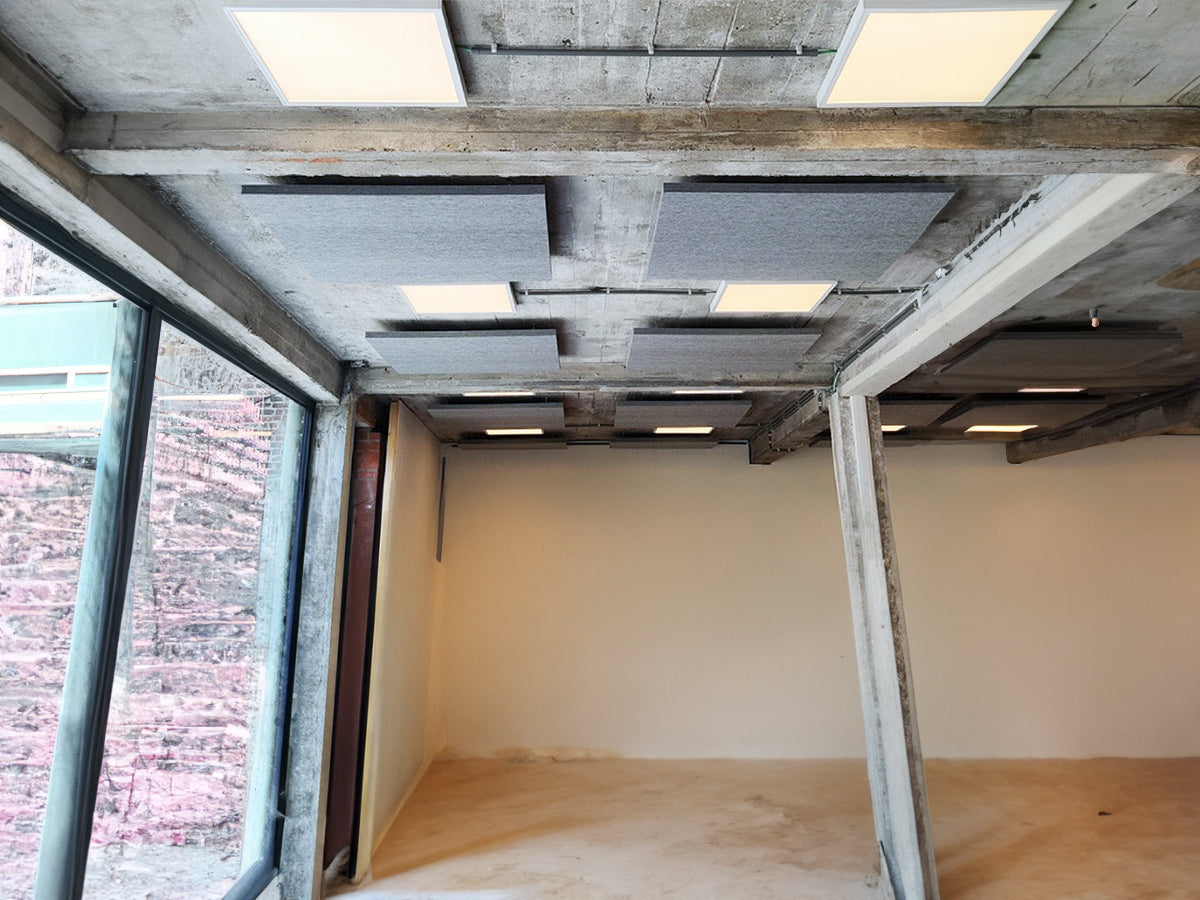Soundproofing Glossary and Terms
Absorption Class: This is a rating of how good a material (or product) is at absorbing sound. Class A is the best, through to Class E which is the worst. This is all regulated by EN ISO 11654.
Absorption Coefficient: Or Sound Absorption Coefficient (SAC). A measure of how much noise is absorbed by an object. The scale goes from 0.0 to 1.0. The coefficient show what is left of the sound once it has passed through the object , so a SAC of 0.2 means that the material has absorbed 80% of the sound that hit it.
Acoustic Panels: Wall or ceiling mounted panels that absorb sound generating in a room to stop echos.
Airborne Noise: Noise or sound that comes to you through the air! Think TV in the next room, or someone shouting up stairs.
Ambient Noise: The background noise in a particular place. For example, what is the normal noise level before you measure the nuisance noise.
Attenuation: A fancy name for the reduction in noise you get when a sound passes through an object, for example a wall.
DnT,w: The field tested soundproofing performance of a material for airborne noise. In decibels, and the higher it is, the better the soundproofing. See this article for more detail.
DnT,w + Ctr: The field tested soundproofing performance of a material for airborne noise, adjusted to include performance on lower frequencies. In decibels, and the higher it is, the better the soundproofing. See this article for more detail.
dB: Abbreviation for Decibel.
Decibel: The unit used to measure noise, with the symbol "dB". More decibels equal more noise! It is not a straight-line scale unfortunately so a 10dB increase will seem like a doubling of noise. See our full article to learn more.
Density: How much weight a product has for the same volume. For example, if you pick up insulation boards of the same size, and one is significantly heavier than the other, then that one has more density. Density is important in stopping Airborne Sound - twice as much density and you reduce sound by 6 decibels.
Echo: Also known as Reverberation. Yes, the same thing you get in a cave! Can also be a problem in rooms with high ceilings, or with minimal soft furnishings. Even a normal conversation will bounce around the room making it difficult or distracting to hear. Can be solved using Acoustic Panels.
Flanking Noise: Also call Flanking Transmission. This is where noise sneeks around the top and bottom of walls, even if those walls have been soundproofed. A good example is in an office where noise from the next room comes through the suspended ceiling above. See our full article on this.
Flutter Echo: A type of Echo that continues bouncing between to opposing walls even after the original noise has stopped.
Frequency: A measure of the pitch of a noise, the units being Hertz (Hz). For example a high frequency, or high-pitched, noise would be something like a shrill whistle, whereas a low frequency (or low-pitched) noise would be the bass sound heard in music. Different soundproofing materials absorb better at different frequencies.
Hz: Abbreviation of Hertz - see Frequency.
Impact Sound: Noise or sound that comes from impact of something on one of your walls, ceilings or floors. The classic example is the sound of footsteps from the flat above coming into the flat below.
L’nT,w: The field tested soundproofing performance of a material for impact noise. In decibels, and the lower it is, the better the soundproofing. See this article for more detail.
Ln,w: The lab tested soundproofing performance of a material for impact noise. In decibels, and the lower it is, the better the soundproofing. See this article for more detail.
Noise: Noise is just sound you don't want!
Rw: The lab tested soundproofing performance of a material for airborne noise. In decibels, and the higher it is, the better the soundproofing. See this article for more detail.
Rw + Ctr: The lab tested soundproofing performance of a material for airborne noise, adjusted to include performance on lower frequencies. In decibels, and the higher it is, the better the soundproofing. See this article for more detail.
Reverberation: See Echo.





